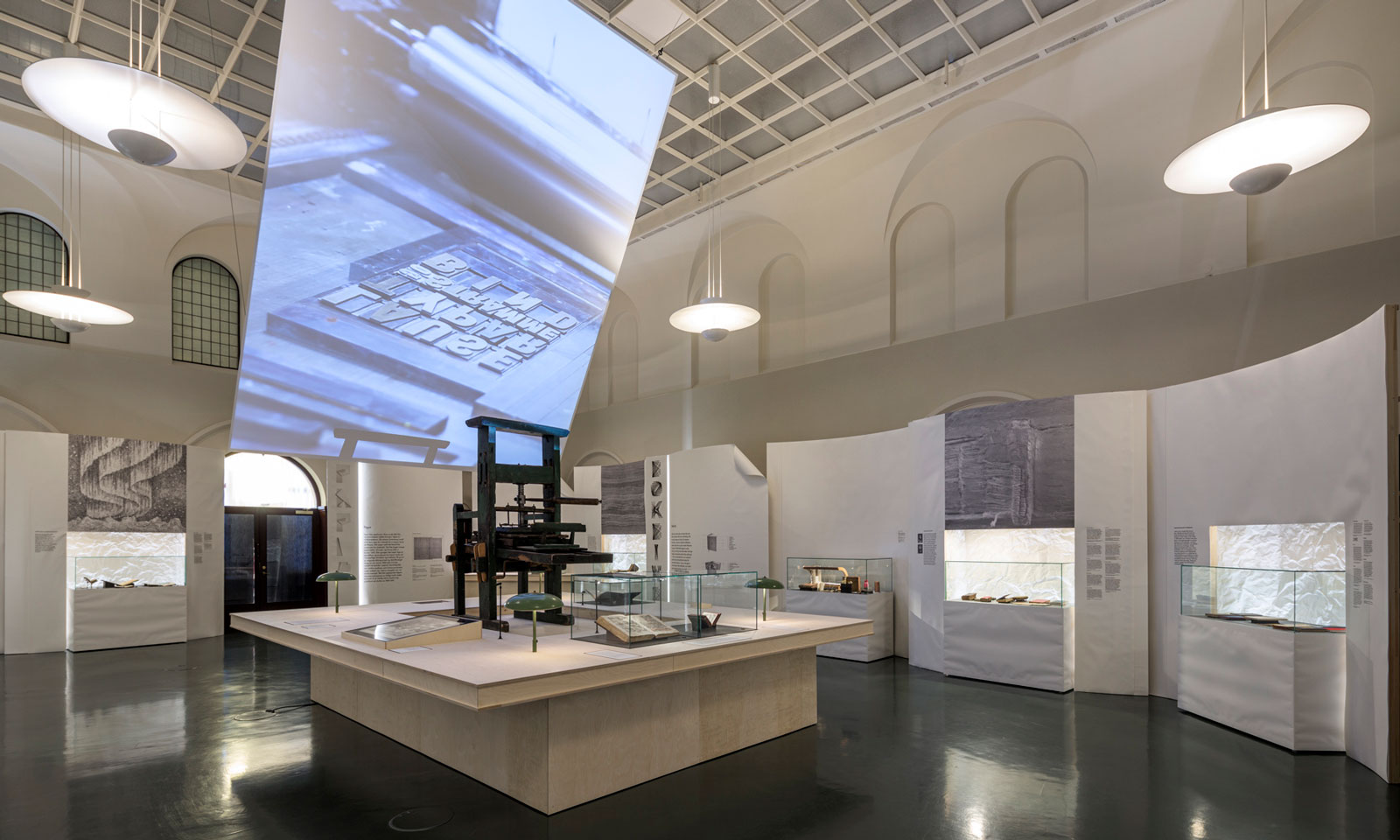
Sustainability – Radical Rethink
Monthly Column By Pippa Nissen
Now, more than ever, it’s time to move beyond thinking about sustainability as a worthy necessity to considering it a remit for exciting thinking within new parameters. In our studio, for example, we’re examining the use of lightweight and non-permanent materials, cutting-edge recycled materials, the commission of regional artists and craftspeople to reflect project locality and the consideration of long-term and multiple applications of our designs.
In exhibition design in particular, we simply cannot continue to have so much wastage in the industry, particularly in the use of the robust-but-artificial materials we have grown over-reliant on. For this to happen we need a new attitude and to learn to embrace the imperfect once again, bringing back materials with a life span and which you can see are vulnerable or which change through time, but where this is embraced as part of the spirit of sustainability.
Part of this is about flexibility of design and finding ways to make small changes that totally transform a space. This includes reconfigurable walling systems, for example, with the computer and marvellous laser-cutting machines enabling this. Exhibitions can be broken down into a series of frames that use simpler surfaces too – ones that aren’t solid and can be recycled.
Recently, for a project in Norway, we experimented with paper surfaces over laser cut frames. Paper was a perfect fit with the exhibition story – The History of Bookmaking at the country’s National Library. We sought to create a living and breathing exhibition, where the quality of paper dominated, including its imperfections, as part of the story. Sometimes the paper we used is within books; archived, printed on, containing images and words and at other times deliberately crinkled, creating a backdrop to other details. Or else we used paper to create sculpted surfaces to reflect the walls of the room, curving to contain the exhibition’s key objects.
The use of paper was highly experimental for us and the client alike – and completely recyclable of course. The room wasn’t very stable environmentally, and so the paper moved slightly on a daily basis. The effect, however, was very human. It was both tangible and vulnerable and spoke of the temporary nature of the exhibition. Its imperfections became its poetry.
Pippa Nissen, Director at Nissen Richards Studio
Image by Gareth Gardner




